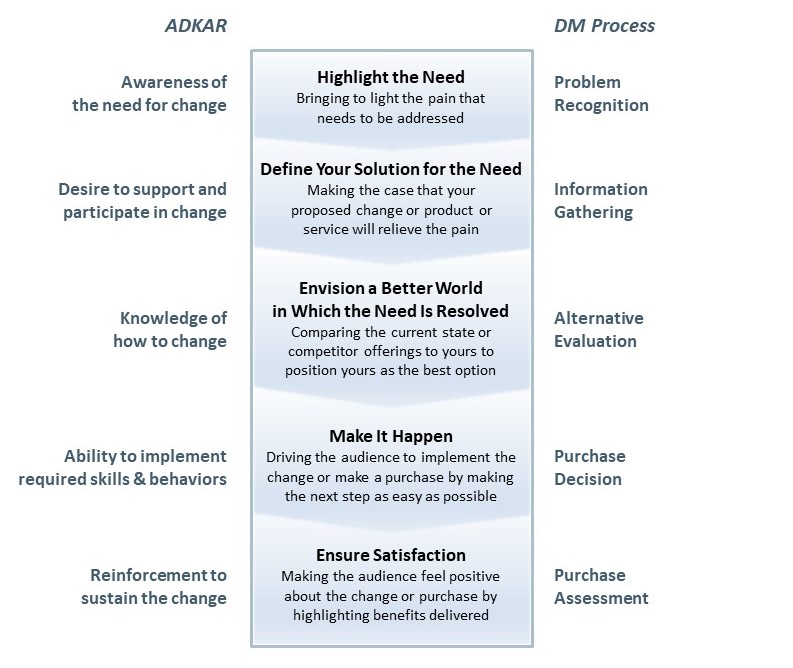Now that Congress and the Administration have agreed on a $310 billion deal to replenish the Paycheck Protection Program (PPP), banks are scrambling to help small businesses apply for this additional funding. At the same time, banks are providing information to small business clients on direct reliefs and channel availability, as well as tips to deal with the COVID-19 pandemic.
The enormity of the challenge facing small businesses and the economy as a whole defies description. No communication can overcome this burden. But silence is not an option and messaging matters. It’s critical to communicate effectively with small business clients during this pandemic.
Develop a multi-faceted response. The PPP is vital for many small business owners, but many banks have only been providing information on how to apply for PPP. This means they are missing other opportunities to engage with and help small business owners, many of whom are struggling with day-to-day operational issues. Consider offering additional information on supports available to small businesses, and advice on how to navigate through the pandemic.
- Best practice: PNC has developed a range of content to help small businesses deal with the crisis, including “Four Ways Small Businesses Can Navigate During Times of Uncertainty” and “What to Do When Cash Flow Slows.”
Create a connection. Messaging on coronavirus response must be both clear and empathetic. This is particularly important in headlines and topline statements on how the bank is supporting its small business clients.
- Best practices: Citizens Bank and KeyBank both use the theme of “We’re in this together” for their coronavirus information.
Communicate information clearly. To ensure that small business clients are directed to key information and not overwhelmed by detail, focus on strong copywriting and editing, as well as using layout and navigation tools to help readers quickly find what they need.
- Best practice: Santander Bank uses red type, spacing, headings, and bullet points to effectively organize its COVID-19 response information.
- Best practice: TD Bank uses tabs on its website to direct small businesses to information on its own customer assistance program, SBA PPP Loans, and other relief options.
Provide guides and tools. Many banks have developed tools (such as online forms, FAQs, guides and checklists) to aid small businesses in understanding support and options available to them,and to apply for funding
- Best practice: Huntington Bank has published a series of FAQs to address various aspects of the PPP program, including general questions, eligibility and application information.
- Best practice: Umpqua Bank integrated a well-designed application form into its CARES Act Paycheck Protection Program information page.
Consolidate all information into a single resource center. Develop standalone portals or resource centers to retain all coronavirus-related information in a single location. This enables you to maintain a consistent tone in coronavirus messaging, avoid any client confusion, and better manage the process of providing updates.
- Best practice: Citizens Bank operates a dedicated COVID-19 Resource Center, with links to services and resources, details on financial hardship relief assistance and a message from the bank’s CEO.
Embrace multiple communications channels. Use the numerous channels – branch, phone, website, social media – at your disposal to provide updates and directly engage with small business clients.
- Best practice: PNC directs clients to dedicated toll-free numbers for different product categories; some numbers are operational 24×7.
Update information regularly. Many banks provided initial information on their COVID-19 response, but they have not provided regular and comprehensive updates, a critical failing in this extremely dynamic environment.
- Best practice: Bank of the West publishes regular updates in videos featuring the bank’s CMO Ben Stuart.

